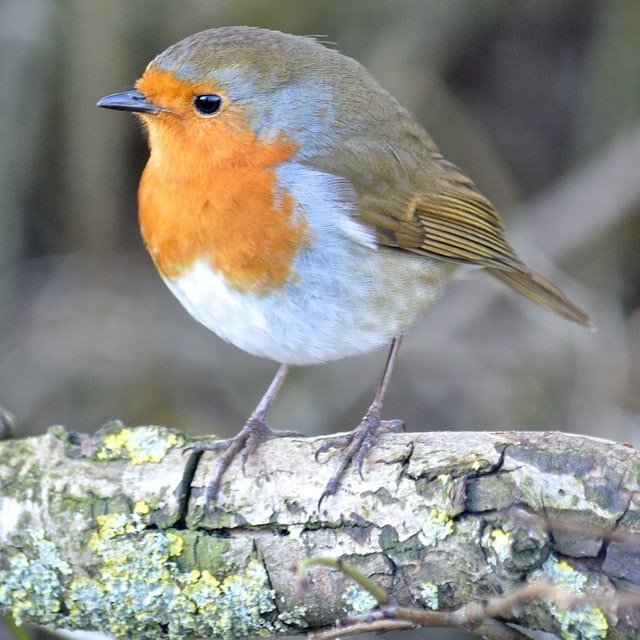The global bird population is constantly changing. While new research estimates that there are 50 billion to 430 billion birds globally, the total bird population in Canada and the US has dropped by one-third since the 1970s. While this may be down to a loss of habitat, increased use of pesticides, and predators, it's not just rare birds that are declining. Even some more familiar species such as finches, blackbirds, and starlings are disappearing from our skies. But it's not all bad news. Some bird species are increasing in population.
Global Bird Population Research
To count the number of birds in the world accurately is a complicated task. But new research based on citizen science observations indicates there are around 50 billion to 428 billion individual wild birds in the world. Scientists at the University of New South Wales estimate there are six times as many birds as humans on Earth, but many individual species are extremely rare. Four bird species believed to have populations greater than one billion include the house sparrow, the European starling, the barn swallow, and the ring-billed gull.
Bird Population Decline
Birds have been falling in numbers since the 1500s due to climate change, increased infrastructure, cutting down of forests, invasive species, and contamination. It's estimated that by 2100, as many as 14% of bird species may be extinct. But while climate change affects bird population numbers, it's also influencing how birds are evolving. Climate change is causing birds to develop larger beaks to help them regulate their body temperature. Genes, natural selection, availability of food, and even the bird feeders in our back gardens are causing changes in the beaks of wild birds.
Abundance Of Sparrows
The research found that the world's most populated bird is the house sparrow, with an estimated 1.6 billion. Closely behind is the European starling with a population of 1.3 billion, ring-billed gulls at 1.2 billion, and the barn swallow with a population of around 1.1 billion. But even their numbers are declining, particularly in urban areas in the US and Canada. The researchers found only a few super-abundant types but many rare ones. They estimate that 1,180 species, representing 12% of the world's total, have a population each under 5,000. If a species has a population of less than 2,500, it would be classified as an endangered species by the International Union for Conservation of Nature.
Increase in waterfowl and birds of prey populations
The research isn't all doom and gloom. There is a silver lining. Some species of birds have been found to have increased in numbers. Raptors and waterfowl such as birds of prey like hawks and eagles have increased in population. Thanks to increased conservation and banning insecticides, many of these birds have been saved. The bald eagle, a variety of raptors, was on the brink of becoming extinct when the Endangered Species Act gave them protection.
Birds play a key role in our ecosystems, from helping to pollinate plants and crops, controlling crop pests, and providing food for other animals. Fortunately, global conservation activities are slowing down the extinction of many of the world's bird species. We can only hope that this is enough to ensure the species we have today will still be flying our skies for future generations to enjoy in years to come.
© 2024 NatureWorldNews.com All rights reserved. Do not reproduce without permission.
* This is a contributed article and this content does not necessarily represent the views of natureworldnews.com




![Critical Fire Weather Forecast Issued for Great Plains, Red Flag Warnings in Effect [NWS]](https://1471793142.rsc.cdn77.org/data/thumbs/full/70269/280/157/50/40/critical-fire-weather-forecast-issued-for-great-plains-red-flag-warnings-in-effect-nws.jpg)

